VENOMOUS SNAKES
... BITE PICS- WARNING: These pictures are graphic
... Please take a second to read:
... JUSTIN SCHWARTZ'S AMAZING RATTLESNAKE BITE
SURVIVAL STORY:
NON-VENOMOUS SNAKES
RATTLESNAKE LOOK ALIKES
... BITE PICS- WARNING: These pictures are graphic
... Please take a second to read:
... JUSTIN SCHWARTZ'S AMAZING RATTLESNAKE BITE
SURVIVAL STORY:
NON-VENOMOUS SNAKES
RATTLESNAKE LOOK ALIKES
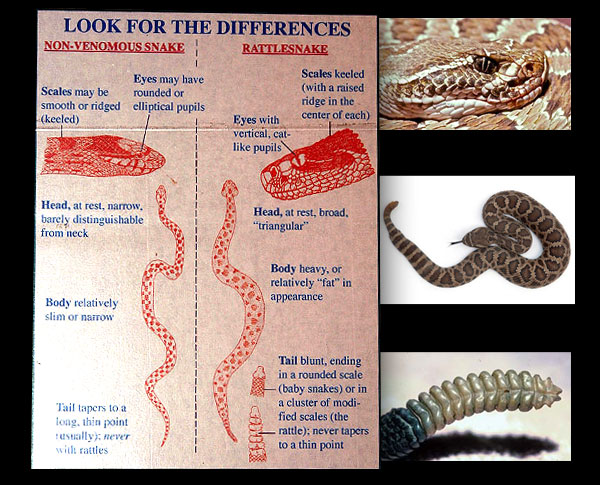 RATTLESNAKE ID
RATTLESNAKE IDRattlesnakes vary in size, markings and temperament depending on the individual and locality of the rattlesnake. Below are a couple basic guidelines to follow when distinguishing a rattlesnake from a non venomous snake.
Head Shape – Broad and triangular
Tail – Has a rattle (not always present) that makes a distinct sound and is blunt shaped. It is usually rounded at the end with a button like appearance. Rattlesnakes may not have the ability to rattle if they have lost their rattle, if they are a neonate or if their rattle is wet. Do not rely on a rattle for determining whether or not a snake is venomous.
Eyes – Vertical with elliptical pupils
Body – Heavy or wide looking in appearance
Pattern – Often a diamond pattern is present, but not always
Color – Dependent upon species and locality
Scales – Keeled and large
VENOMOUS SNAKES
Below is a reference chart of the 10 rattlesnake species that are native to California, all of which are venomous. If you have encountered a rattlesnake on your property and would like to determine the species of rattlesnake you saw, use this chart as an identification tool. The species of rattlesnakes you encounter will depend on where you reside.
Below is a reference chart of the 10 rattlesnake species that are native to California, all of which are venomous. If you have encountered a rattlesnake on your property and would like to determine the species of rattlesnake you saw, use this chart as an identification tool. The species of rattlesnakes you encounter will depend on where you reside.
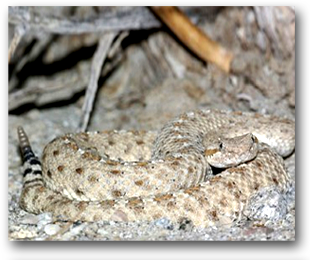
Colorado Desert Sidewinder
(Crotalus cerastes lateropens)
(Crotalus cerastes lateropens)
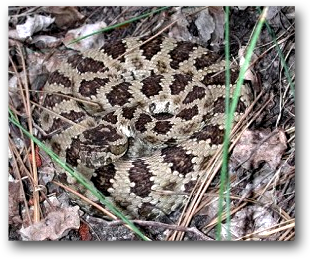
Great Basin Rattlesnake
(Crotalus origanislutosus)
(Crotalus origanislutosus)
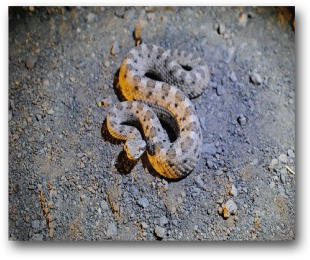
Mohave Desert Sidewinder
(Crotalus cerastes cerastes)
(Crotalus cerastes cerastes)
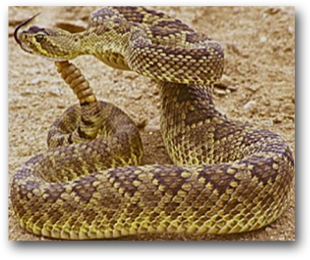
Northern Mohave Rattlesnake
(Crotalus scutulatus scutalatus)
(Crotalus scutulatus scutalatus)

Northern Pacific Rattlesnake
(Crotalus oreganus oreganus)
(Crotalus oreganus oreganus)
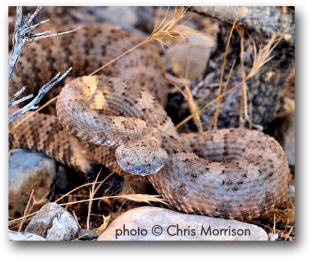
Panamint Rattlesnake
(Crotalus stephensi stephensi)
(Crotalus stephensi stephensi)
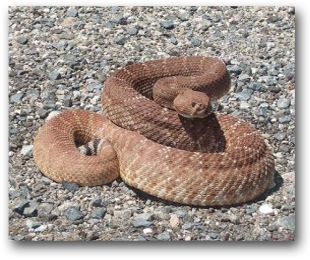
Red Diamond Rattlesnake
(Crotalus ruber)
(Crotalus ruber)
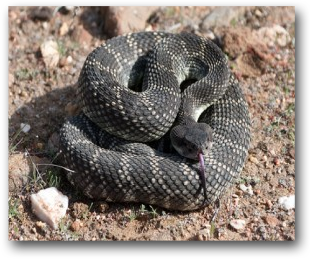
Southern Pacific Rattlesnake
(crotalus oreganus helleri)
(crotalus oreganus helleri)
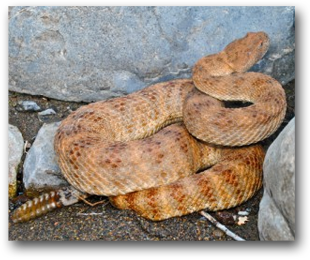
Southwestern Speckled Rattlesnake
(Crotalus mitchellii pyrrhus)
(Crotalus mitchellii pyrrhus)
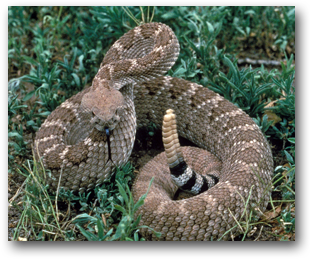
Western Diamond-backed Rattlesnake
(Crotalus atrox)
(Crotalus atrox)
All species of rattlesnakes vary significantly in size, territory, markings and temperament depending on their locality, and may vary from the pictures below. If you do not see a snake that resembles what you have encountered it may be a non native snake that has been released by its previous owner. Get the best description of the snakes you encounter and pictures if possible.
For additional pictures of rattlesnakes native to California Click Here
For additional pictures of rattlesnakes native to California Click Here
NON-VENOMOUS SNAKES
Below is a reference chart of the more common non venomous snakes native to Southern California. If you have encountered a snake on your property and would like to determine the species of snake you saw, use this chart as an identification tool.
Below is a reference chart of the more common non venomous snakes native to Southern California. If you have encountered a snake on your property and would like to determine the species of snake you saw, use this chart as an identification tool.
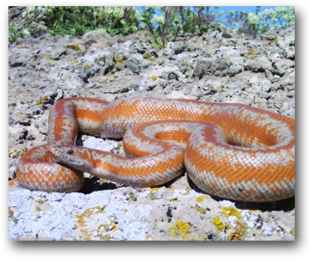
Coastal Rosy Boa
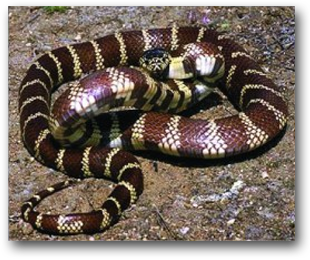
California King Snake
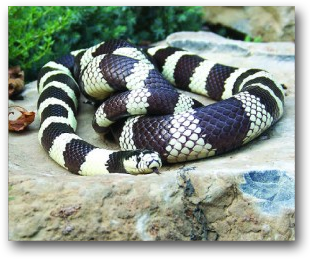
California King Snake
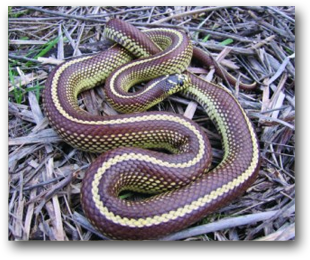
California King Snake
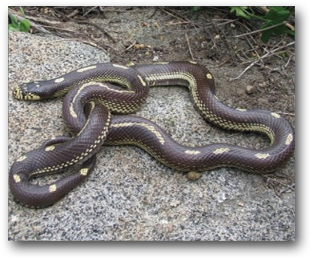
California King Snake
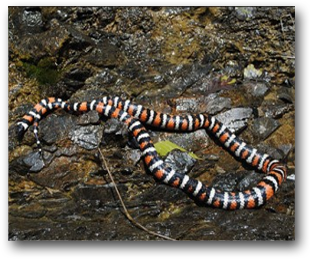
Mountian King Snake
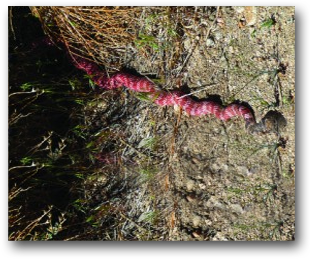
Red Coachwhip
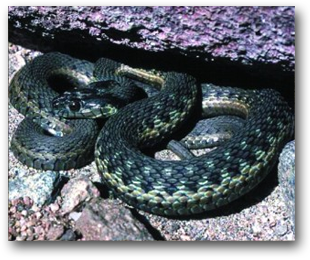
Two-striped Garter
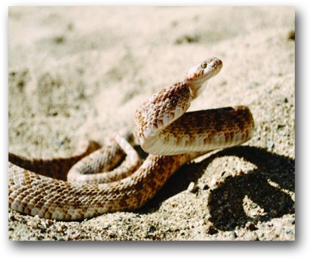
Baja California Lyresnake
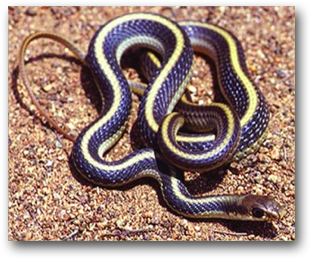
Coast Patch-nosed Snake
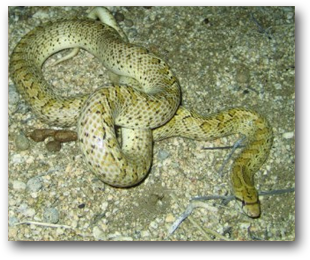
Desert Glossy Snake

Shovel-nosed Snake
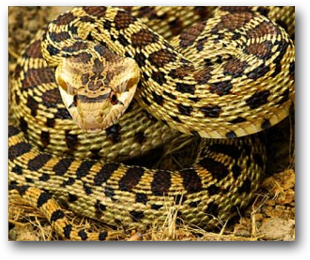
Pacific Gopher Snake
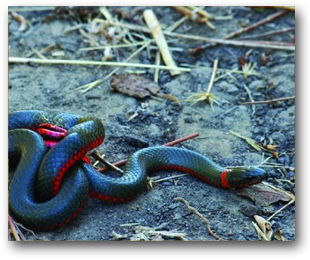
Pacific Ring-necked Snake
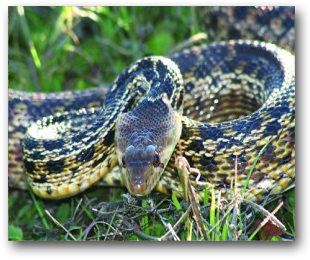
San Diego Gopher Snake
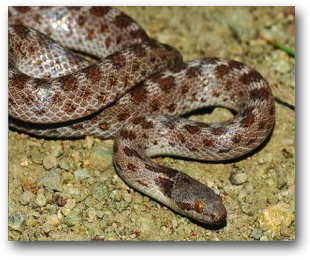
San Diego Night Snake
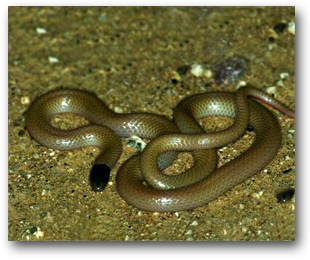
Western Black-headed Snake
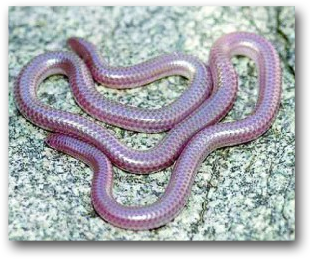
Western Blind Snake
RATTLESNAKE LOOK ALIKES
The pictures below are of non venomous snakes native to California. Often times non venomous snakes are mistaken for venomous snakes. This is because many non venomous snakes resemble venomous snakes in color and pattern. Non venomous snakes often mimic rattlesnakes as a defense mechanism to deter predators. Snakes do this by rattling their tails(Tails come to a point and lack the noise a rattlesnake makes), hissing and flatting their heads out, making them look triangular.
The pictures below are of non venomous snakes native to California. Often times non venomous snakes are mistaken for venomous snakes. This is because many non venomous snakes resemble venomous snakes in color and pattern. Non venomous snakes often mimic rattlesnakes as a defense mechanism to deter predators. Snakes do this by rattling their tails(Tails come to a point and lack the noise a rattlesnake makes), hissing and flatting their heads out, making them look triangular.

Baja California Lyresnake
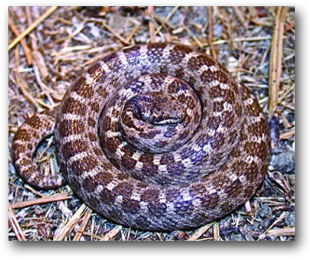
California Night Snake

Desert Glossy Snake

Pacific Gopher Snake

San Diego Gopher Snake

Two-striped Garter






